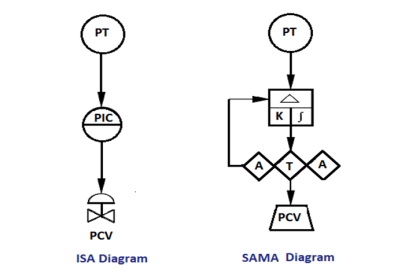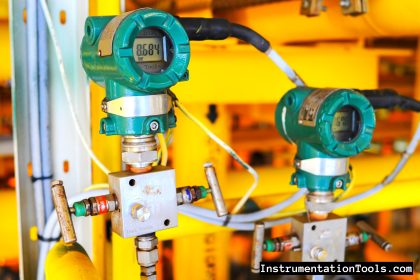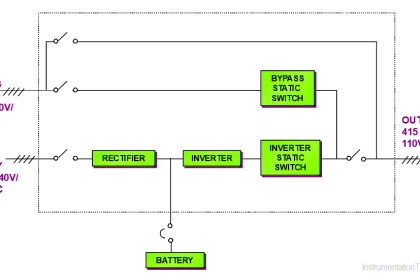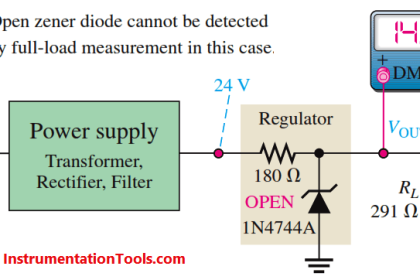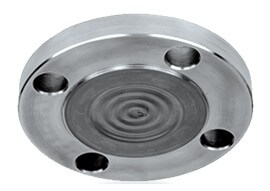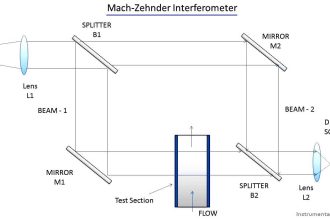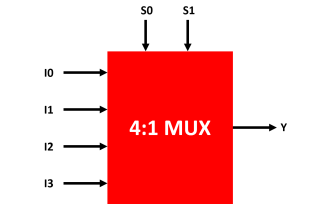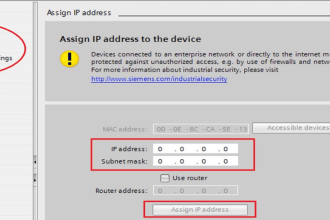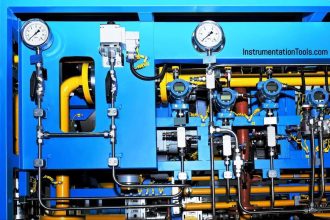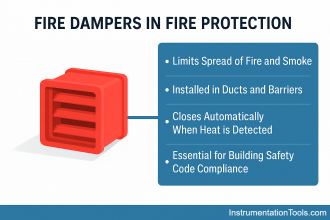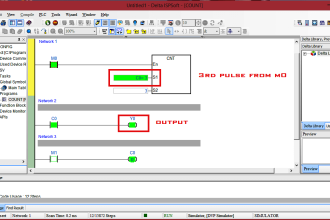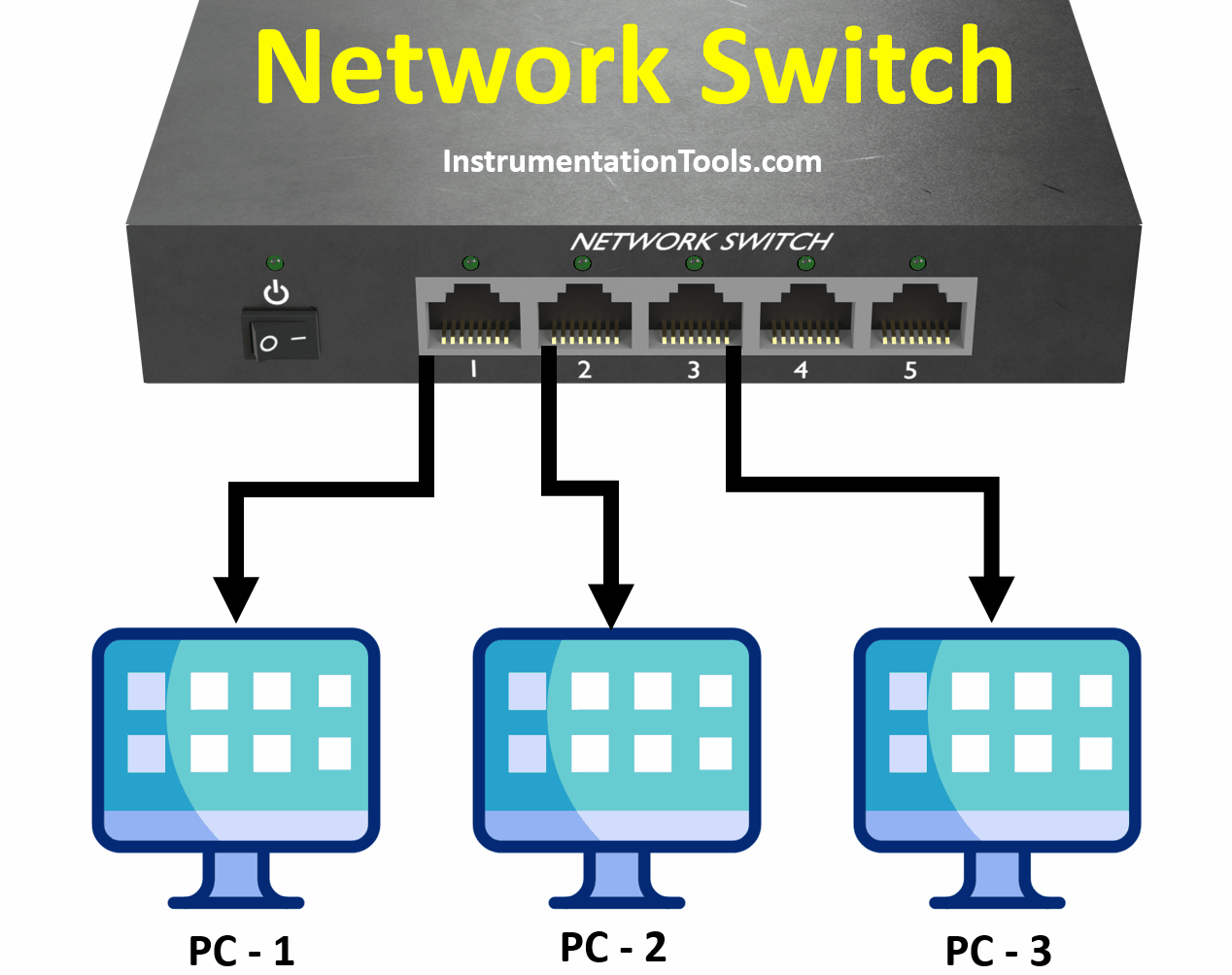pH is a measure of the acidity or alkalinity of a solution, numerically equal to 7 for neutral solutions, increasing with increasing alkalinity and decreasing with increasing acidity. The pH scale commonly in use ranges from 0 to 14.
ORP (oxidation reduction potential) is a method of measuring the degree of completion of a chemical reaction by detecting the ratio of ions in the reduced form to those in the oxidized form as a variation in electrical potential measured by an ORP electrode.
To help you choose the right pH/ORP measurement system for your specific liquid applications needs, follow these recommended steps.
Step 1: Determine Application Requirements
Defining the following variable before building your system will ensure peak performance from your Signet sensors, electrodes and instruments.
• Measurement range
• Installation requirements
• Pipe size and material
• Chemical compatibility of all wetted parts to process chemicals
• Hazardous location requirements
• System specifications (such as temperature and pressure)
• Performance requirements of sensor/electrode
• Fluid particulates
• Viscosity of fluids
Step 2: Select Sensor/Electrode Technology
Based on the application requirements, choose a sensor or electrode. Select your preferred connection style. Then, determine your signal output requirement to allow you to match the right instrument.
Step 3: Choose Instrument
Choose a pH/ORP or multi-parameter instrument depends on your requirement. All units are available in 1/4 DIN panel or field configuration and are available with digital, analogue, or analogue/digital display. Various retrofit adapters and mounting accessories are also available.
Step 4: Determine Installation Requirements
We offer a wide selection of installation fittings to suit select analytical insertion sensor and electrodes. These fittings are specifically designed to ensure the proper placement of the sensor or electrode in the system to achieve accurate readings.
